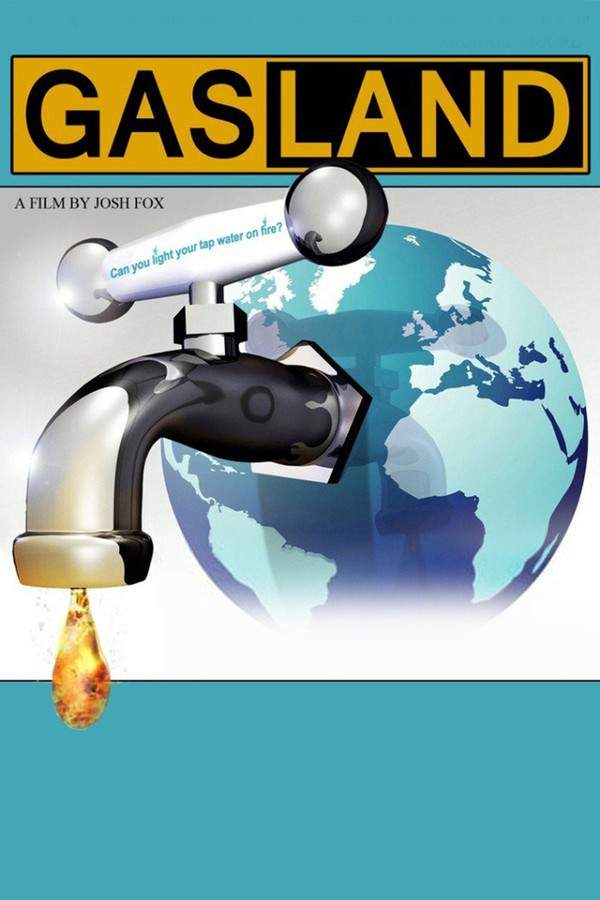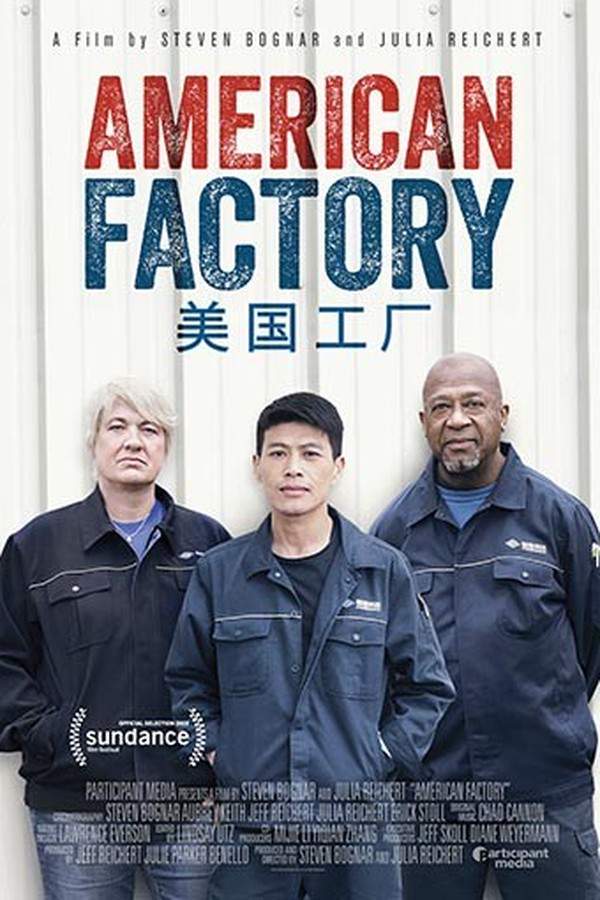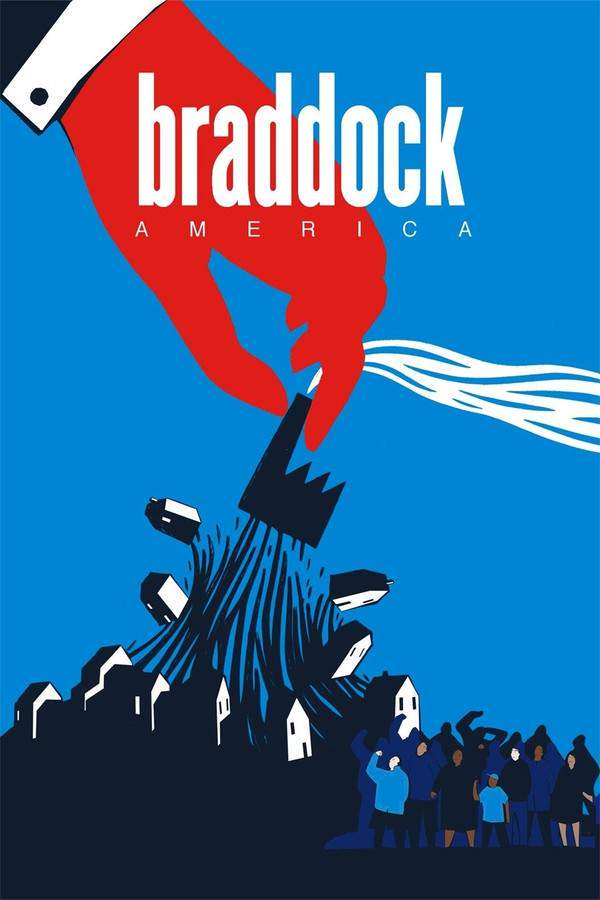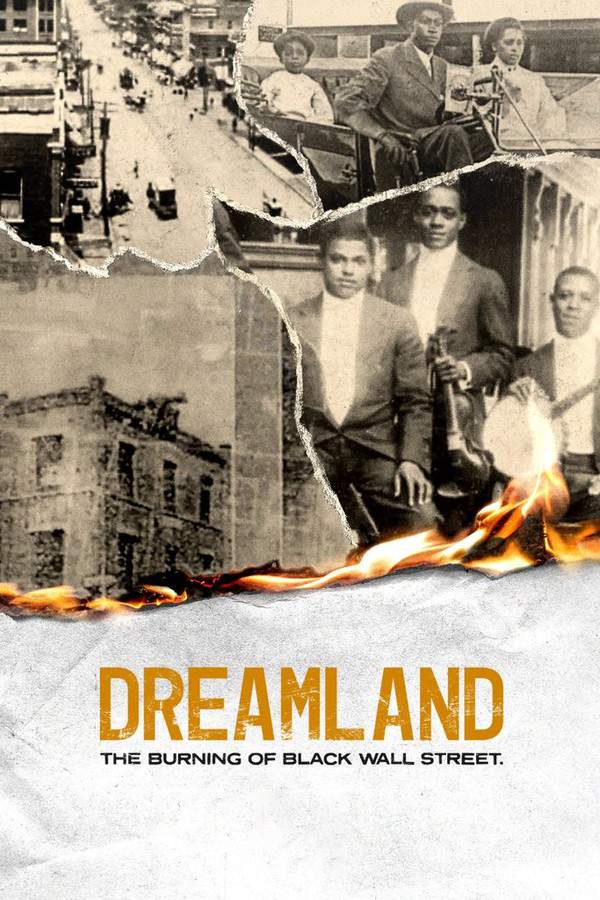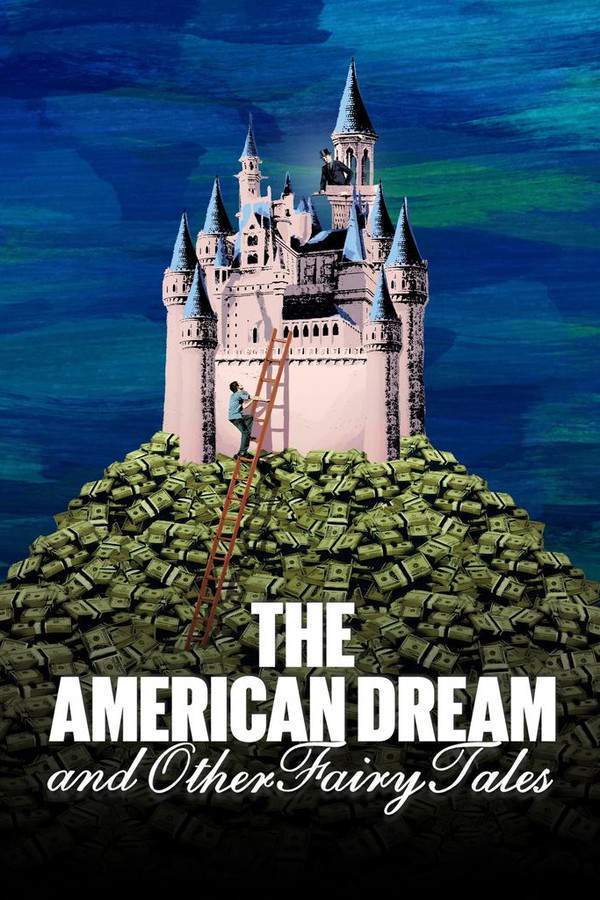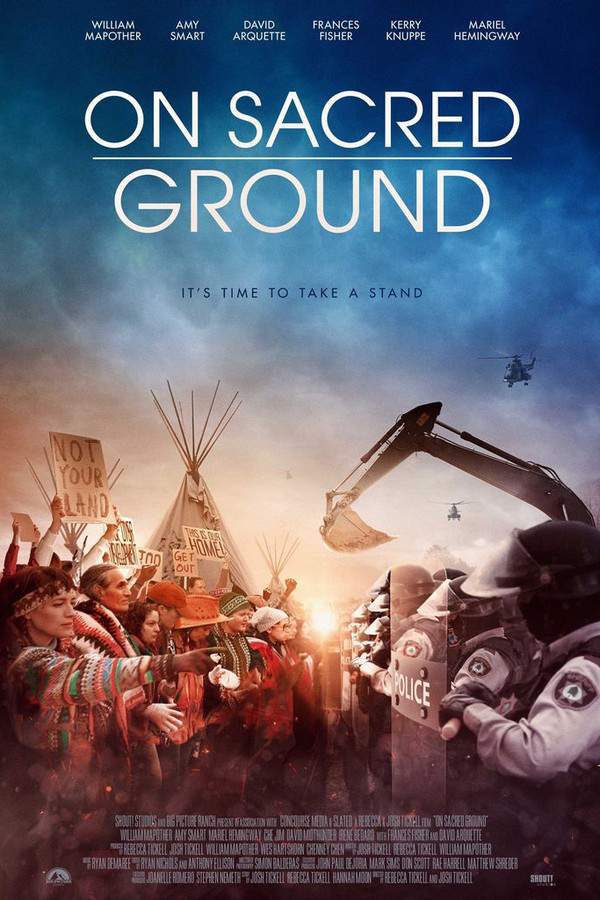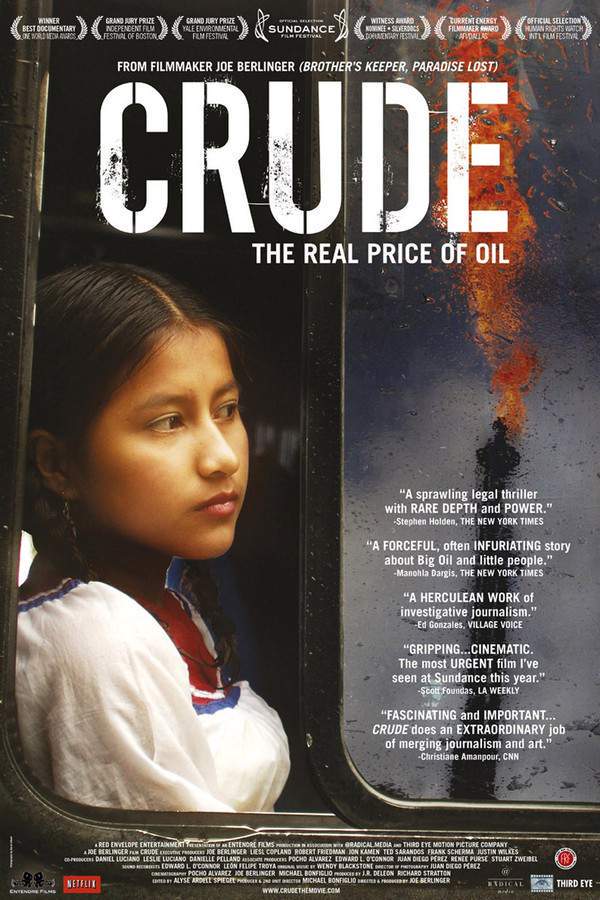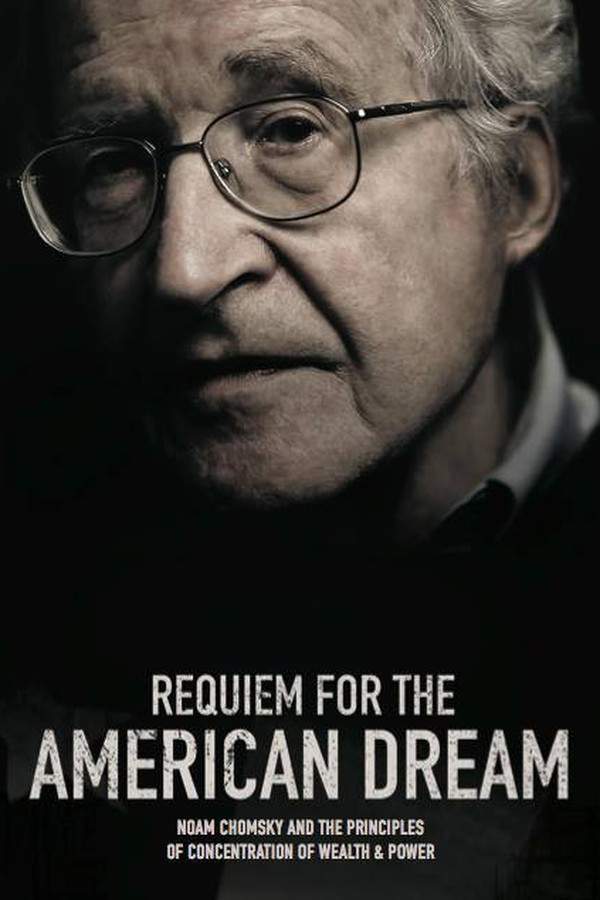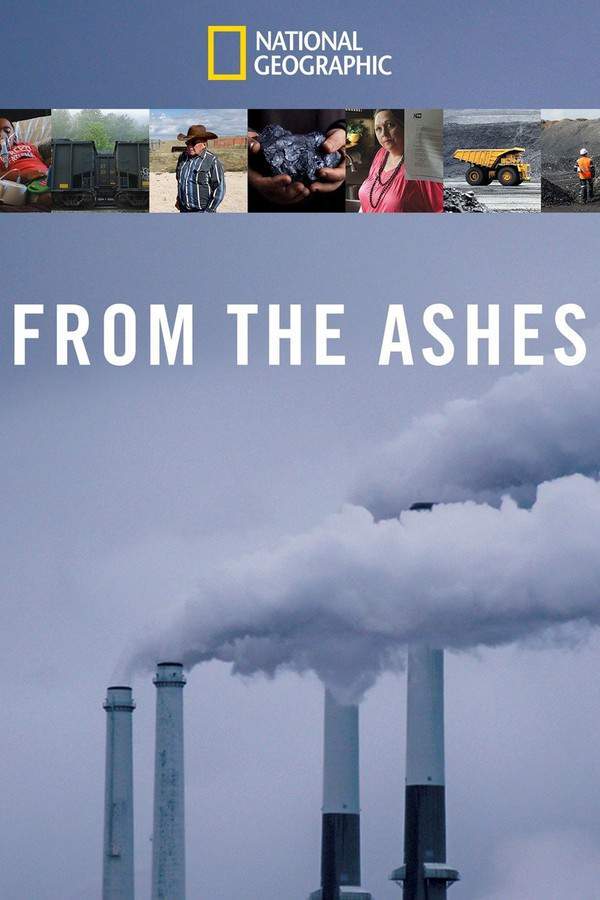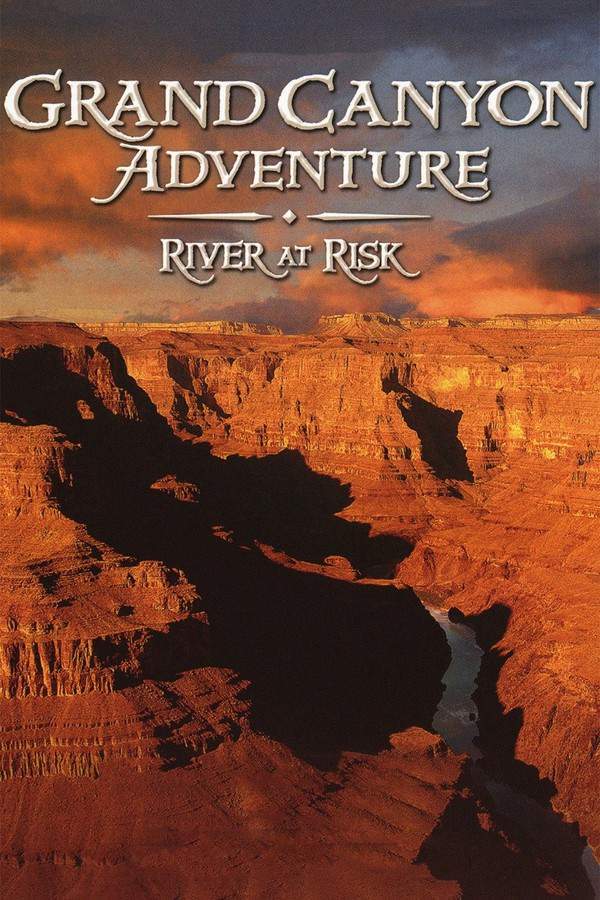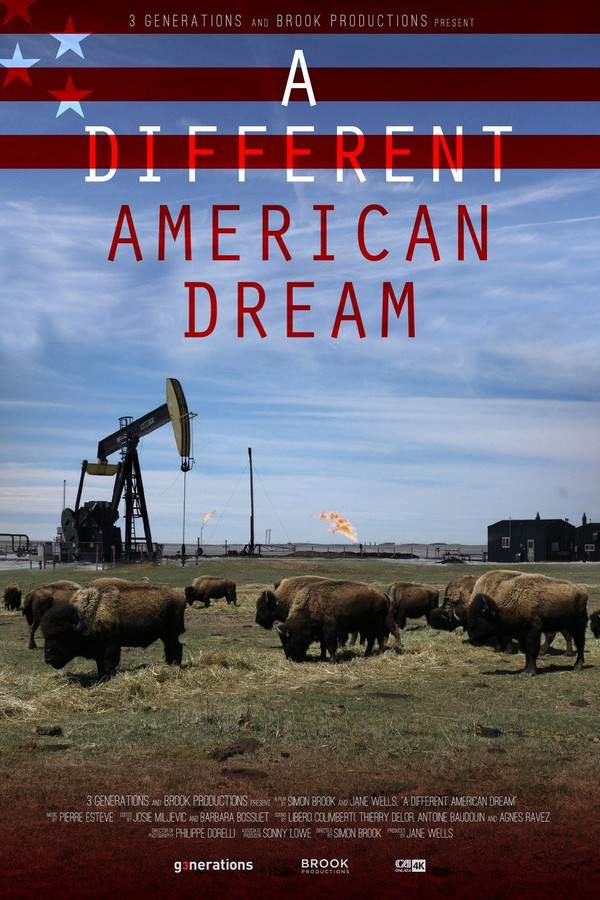
A Different American Dream
Year: 2017
Runtime: 84 min
Language: English
Director: Simon Brook
On the Fort Berthold Indian Reservation, the discovery of a massive shale oil field brought both industry and unexpected hardship. While wealth flowed in, it came at a significant cost, including toxic waste contamination and a rise in illness. The community faces a plummeting life expectancy, and as the social fabric begins to fray, tribal leaders struggle to protect their land, traditions, and way of life amidst the changing landscape.
Warning: spoilers below!
Haven’t seen A Different American Dream yet? This summary contains major spoilers. Bookmark the page, watch the movie, and come back for the full breakdown. If you're ready, scroll on and relive the story!
Timeline – A Different American Dream (2017)
Trace every key event in A Different American Dream (2017) with our detailed, chronological timeline. Perfect for unpacking nonlinear stories, spotting hidden connections, and understanding how each scene builds toward the film’s climax. Whether you're revisiting or decoding for the first time, this timeline gives you the full picture.
Last Updated: May 12, 2025 at 07:04
Unlock the Full Story of A Different American Dream
Don't stop at just watching — explore A Different American Dream in full detail. From the complete plot summary and scene-by-scene timeline to character breakdowns, thematic analysis, and a deep dive into the ending — every page helps you truly understand what A Different American Dream is all about. Plus, discover what's next after the movie.
A Different American Dream Summary
Read a complete plot summary of A Different American Dream, including all key story points, character arcs, and turning points. This in-depth recap is ideal for understanding the narrative structure or reviewing what happened in the movie.

Characters, Settings & Themes in A Different American Dream
Discover the characters, locations, and core themes that shape A Different American Dream. Get insights into symbolic elements, setting significance, and deeper narrative meaning — ideal for thematic analysis and movie breakdowns.

Similar Movies to A Different American Dream
Discover movies like A Different American Dream that share similar genres, themes, and storytelling elements. Whether you’re drawn to the atmosphere, character arcs, or plot structure, these curated recommendations will help you explore more films you’ll love.
Explore More About Movie A Different American Dream
A Different American Dream (2017) Plot Summary & Movie Recap
A Different American Dream (2017) Scene-by-Scene Movie Timeline
A Different American Dream (2017) Spoiler-Free Summary & Key Flow
Movies Like A Different American Dream – Similar Titles You’ll Enjoy
GasLand (2010) Story Summary & Characters
Lakota Nation vs. United States (2023) Complete Plot Breakdown
American Factory (2019) Complete Plot Breakdown
Braddock America (2014) Complete Plot Breakdown
Dreamland: The Burning of Black Wall Street (2021) Plot Summary & Ending Explained
America's Heart and Soul (2004) Spoiler-Packed Plot Recap
The American Dream and Other Fairy Tales (2022) Story Summary & Characters
On Sacred Ground (2023) Spoiler-Packed Plot Recap
Crude (2009) Detailed Story Recap
Farmland (2014) Full Summary & Key Details
Fuel (2009) Story Summary & Characters
Requiem for the American Dream (2016) Plot Summary & Ending Explained
From the Ashes (2017) Detailed Story Recap
Grand Canyon (1991) Ending Explained & Film Insights
Occupation: Dreamland (2005) Movie Recap & Themes



